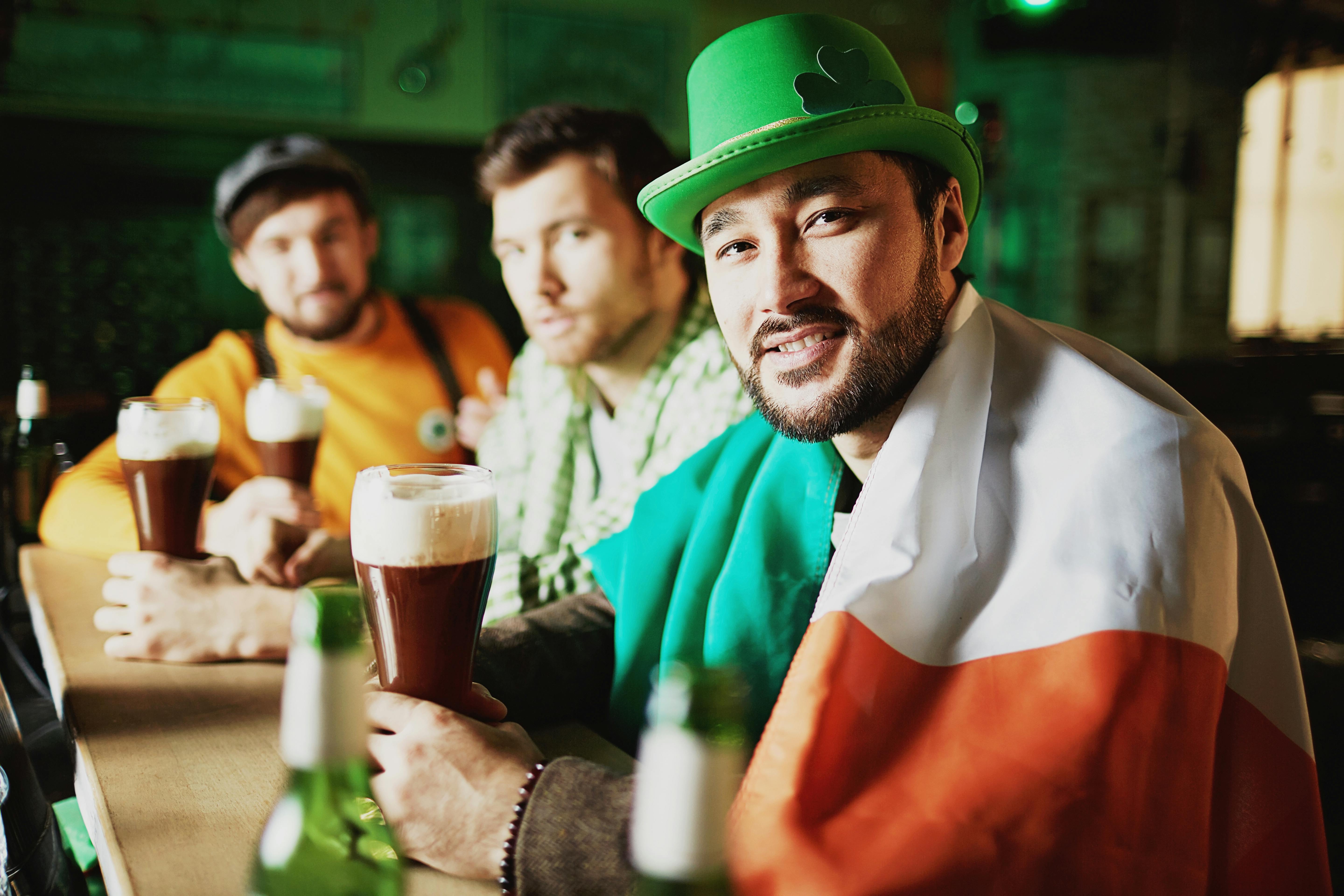Many Spanish ceremony symbols, from the arras festival to the bridal veil, have deeper meaning than are instantly obvious. These unique relationship customs are rich in history and pride a bride’s traditions https://www.usatoday.com/story/life/2022/10/23/how-start-conversation-dating-app-experts/10434704002/, dedication, and household.
In Latin American cultures, the wedding customarilydons” something older,” something borrowed, “and” something novel. These figurative components stand for the gift of love, success, and home traditions. The borrowed product was something from someone else’s outfit, the something new was a brand-new wedding gown, and the old object was typically jewelry that had been loaned from an immediate family member or grandmother ecuadorian girls. As a sign of her husband’s loyalty, affection, and fidelity, the bride usually also sews bright, blue, or red ribbons onto her underwear.

Another well-liked pre-marriage tradition is the arras ceremony, in which the bridegroom presents his wife with 13 gold coins. The currencies represent Christ’s claim to take care of her, and the number 13 stands for Christ and his 12 disciples. The couple frequently keeps the coins in a special holder or field to show in their household after their wedding feast.
As the brides leave the church or civil ceremony, visitors may toss grain or animal seeds, which represents fertility and good fortune. These have been replaced by confetti, rose petals, and other accessories by some contemporary couples, but the symbolic gesture is still a crucial component of any Spanish marriage.






Recent Comments